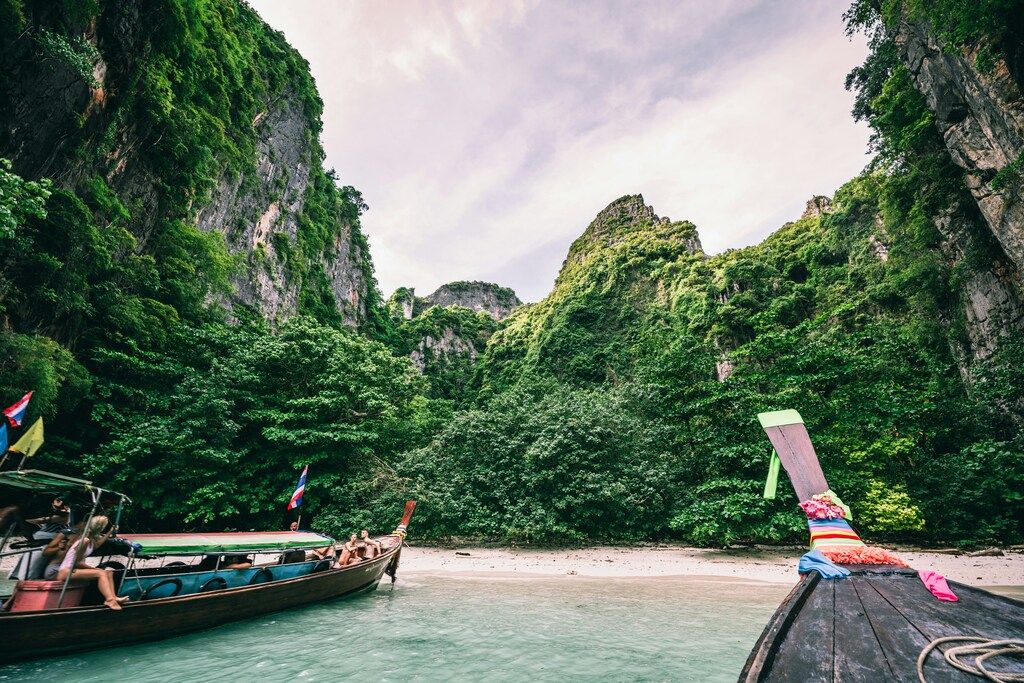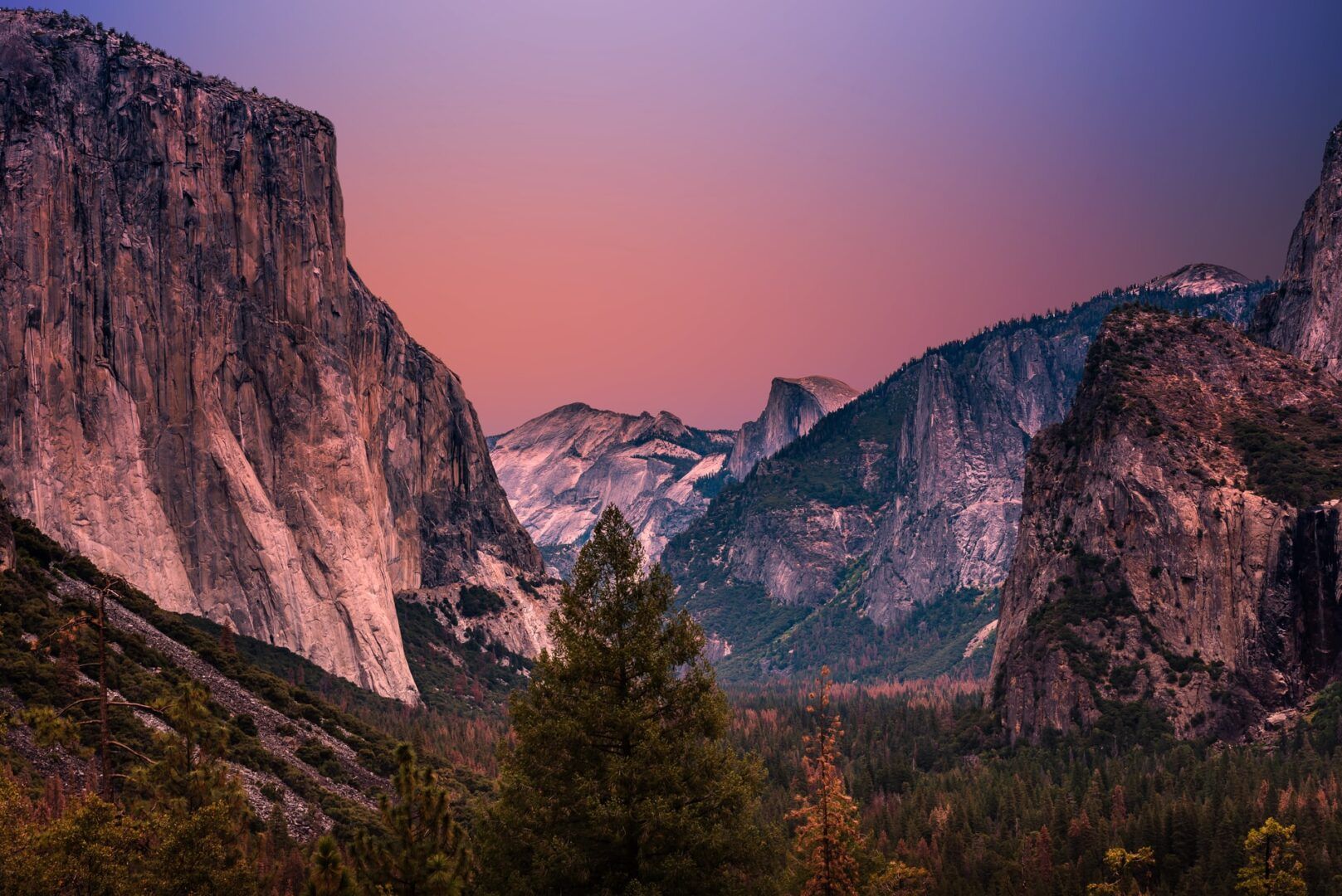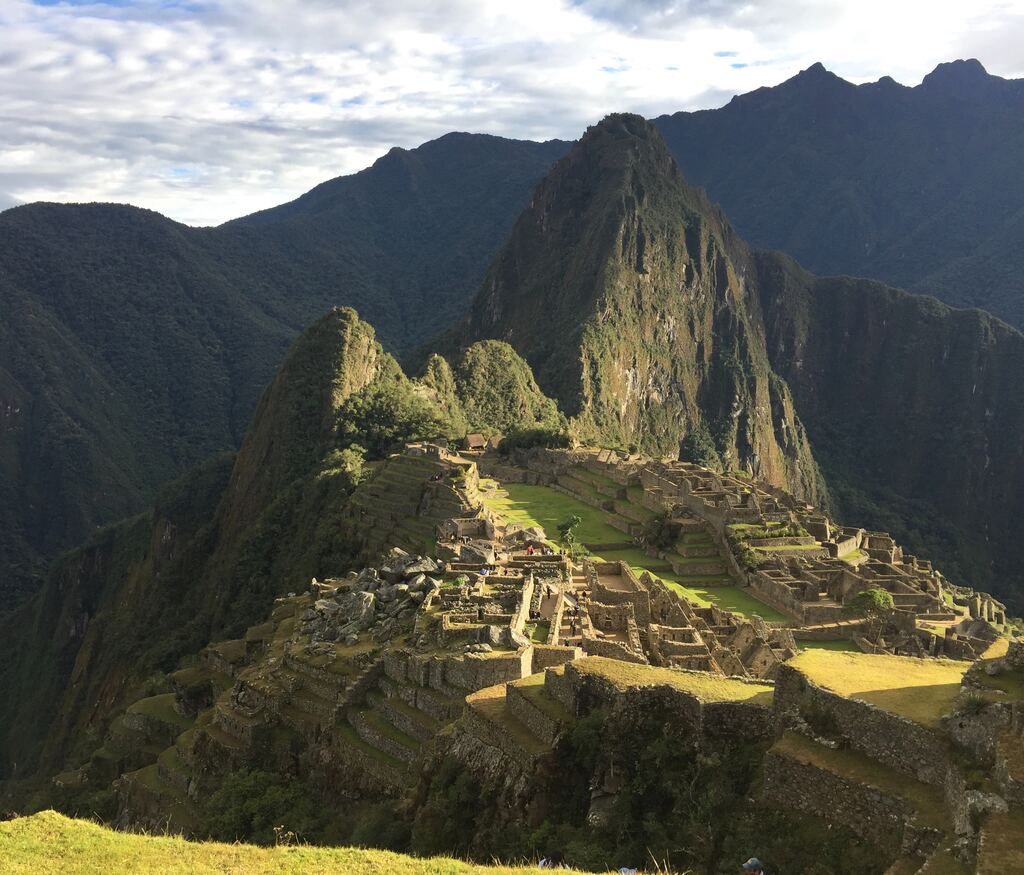

Who doesn’t dream of the Lost City of the Incas? This stunning mountaintop fortress, deep in the Peruvian countryside, has a proud spot on many bucket lists. If you’re daydreaming about a trip to this South American wonder, we can help! Read on for a full guide to Machu Picchu, and get ready to conquer the ancient city…
What is Machu Picchu?
So, what’s so special about Machu Picchu and where is it located? Well, the disappearance and discovery of Machu Picchu is an interesting story. On 24 July 1911, Hiram Bingham — an American university lecturer who we like to imagine as a kind of real-life Indiana Jones — climbed a mountain ridge in Peru and was met with one of the most incredible sights in history. For over three centuries, the Incan citadel had been lost and abandoned, with the lush local vegetation slowly reclaiming the ancient landmark. Now, thanks to Professor Bingham’s intrepid spirit, it’s been found once again.
Even in the days of the Incas, not many people lived in Machu Picchu. Historians believe that the city only had about 750 inhabitants, and it was used as a royal retreat by the emperor when he wanted to get away from it all. When the Spanish invaded in the 16th century, the citadel was abandoned. As the Incas didn’t have any form of written language, there were no records of Machu Picchu, so it disappeared from history for centuries. Just a few notes from Spanish conquistadors suggested that it once existed — enough to tantalise adventurous historians.
After Hiram Bingham discovered it, the city soon became a hotbed of archaeological activity. People painstakingly restored and reconstructed it during the 20th century, and today, it’s Peru’s top attraction. Many travellers regard a trip to Machu Picchu as the highlight of any South American holiday, and we’re inclined to agree!
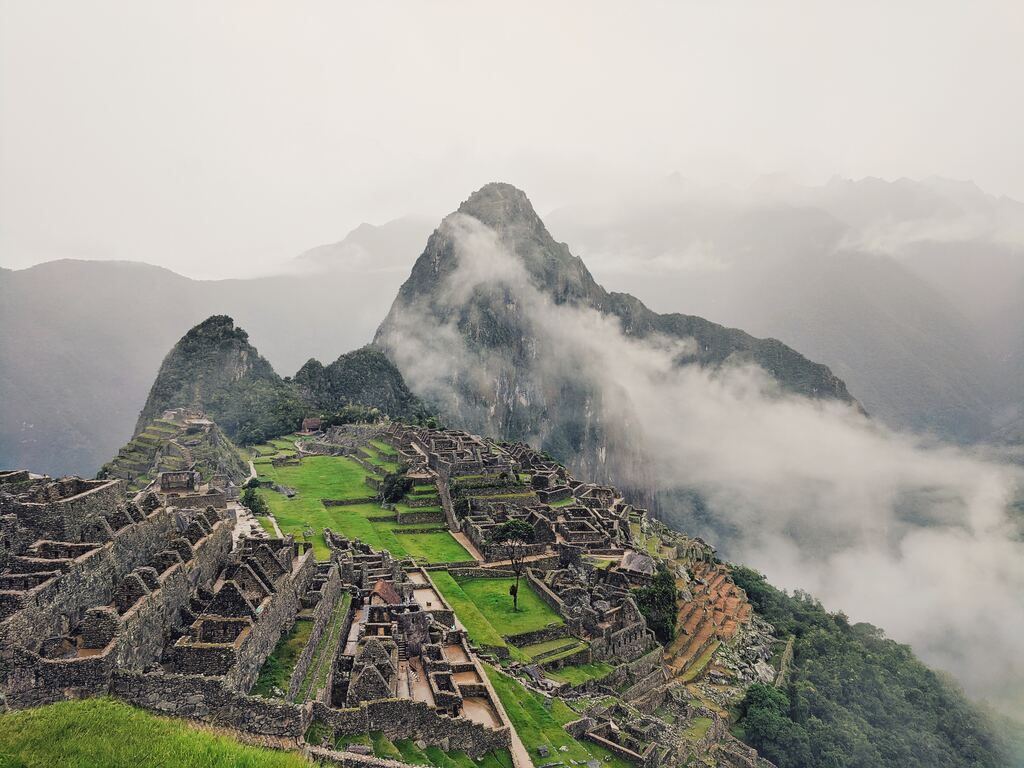
The best time to visit the Lost City
Time to start planning your Machu Picchu holiday! Of course, the first question you’ll have is probably about the best time to visit Machu Picchu. It’s open all year round, but you’ll want to consider the weather and the crowds. July and August are the peak season, so it’s best to steer clear if you can — after all, the site is so much more magical with fewer people around.
Peru has two seasons — wet and dry. The first runs from October to April, but let’s be honest: it can rain at Machu Picchu at any time of year, so you should always be prepared. During the wet season, early morning mist is a common sight, making it the best time to go to Machu Picchu for some, as the mist adds an eerie air of mystery to the Lost City of the Incas. However, if you want to get the best possible panoramic views from the citadel, you should plan a trip during the dry season, from May to September.
Finally, a word of warning: residents of Cuzco can visit Machu Picchu for free on Sundays. This means the crowds are usually bigger, so it’s better to plan a mid-week trip if you can.
Booking tickets
This is where things start to get a little confusing. Be sure to buy your ticket in advance because Machu Picchu is an extremely popular attraction. Visitor numbers are strictly limited. Your ticket is normally valid for four hours, and it will come with an entry time. Be prompt because you’ll want to spend as much time as possible exploring the Lost City.
Each ticket is marked with a particular walking circuit for you to follow. This keeps foot traffic under control and prevents bottlenecks. The two main circuits are almost identical, although they pass through different parts of the citadel’s old agricultural zones.
Want to climb Machu Picchu Mountain? Then you’ll need a special climbing ticket, as your regular entry ticket won’t give you access. In fact, there are two different types of climbing tickets available. The Huayna Picchu ticket allows you to spend six hours on the site — enough time to get to the top of the peak, come back and explore — while the Machu Picchu Mountain option gives you a full seven hours to see the city and scale the mountain.
Be warned: both Huayna Picchu and Machu Picchu are tough hikes. The trails are very narrow in some parts, with steep drops below. If you’re even the slightest bit anxious about heights, we don’t recommend them! Don’t worry — the citadel itself is a fascinating place to explore, so you’ll still have plenty of interesting things to keep you busy.
How to get to Machu Picchu
The nearest city to Machu Picchu is Cusco, which has plenty of flights from Lima. Once you’ve arrived, you can start your adventure on the Cusco-Aguas Calientes train line. This journey takes three and a half hours through the Sacred Valley, with the unbeatable drama of sheer cliff walls on either side of the vehicle. Sit back and enjoy some stunning views because the hard part is still ahead of you!
When you arrive in Aguas Calientes, you can take the bus to Machu Picchu — or, if you’ve got your walking boots on, go on your own two feet. Well, it was good enough for the Incas! The Machu Picchu walk is about 10 kilometres long and will take between two and three hours. There are some steep stairs along the way — 1,600 in total, but who’s counting? The bus takes about half an hour.
Of course, if you want a real adventure, you can always take the Inca Trail to Machu Picchu. You’ll be following an old road built by the Incan Empire. It normally takes four days to hike the 43 kilometres from Cusco. While the distance may not be intimidating, the altitude can be very difficult to get used to. Altitude sickness is a common problem, so you might want to see your doctor before travelling to prepare yourself.
The advantage of the Inca Trail? Well, it’s a truly stunning, once-in-a-lifetime hike that you’ll never forget. It’s the adventurous option, and when you finally hit that last crest and see Machu Picchu lying ahead of you, you’ll be left speechless. If you want to follow this epic Machu Picchu hike, check the calendar. The Inca Trail is closed for the entire month of February, but it’s usually open for the rest of the year.
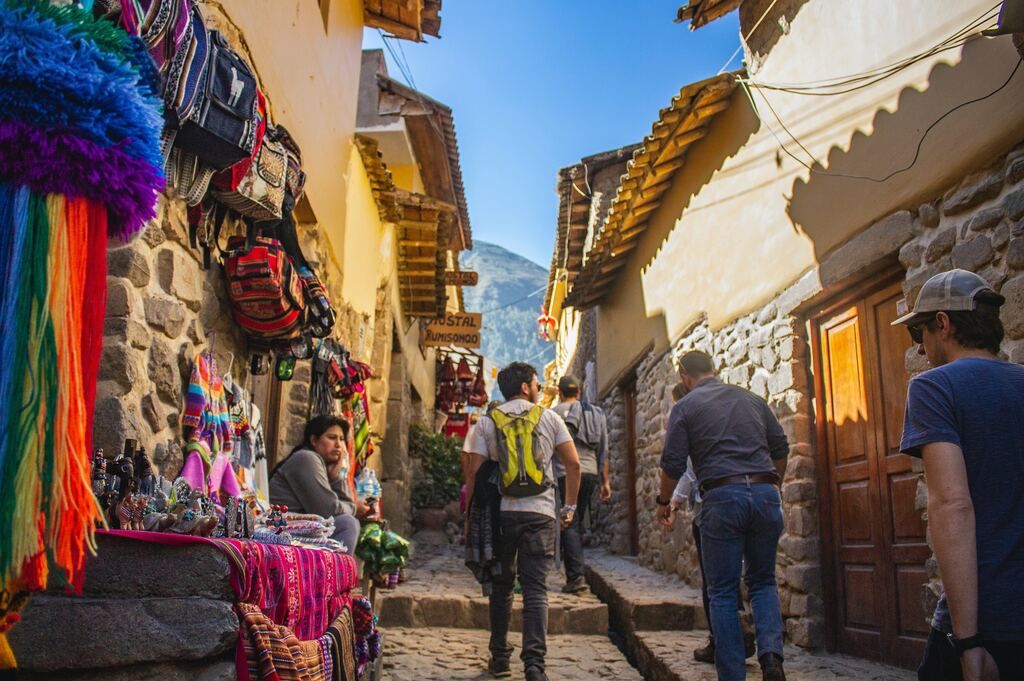
Things to see in the citadel
Bring a good camera on your trip to Machu Picchu because there are endless photo opportunities. Check out the Temple of the Sun, built so its window would fill with light on the morning of the winter solstice. There’s also the sacred Intihuatana stone, which appears to be a kind of sundial. One of the most fascinating sights is the Stairway of Fountains, which showcases Incan engineering skills. They built an entire canal system to transport water to the citadel, and the fountains are still flowing to this day.
As you go between temples, houses and agricultural buildings, you’ll be blown away by Incan ingenuity. It’s all the more impressive when you realise that Machu Picchu was built without the use of the wheel to transport stone and other goods.
Exploring the surrounding area
Don’t be too quick to jump on the first train back to Lima. There are still lots of things to see and do near Machu Picchu. Any high school Spanish student knows that Aguas Calientes translates as Hot Waters, and it’s true! The town has several thermal springs where you can relax and soak your aching muscles after days on the Inca Trail. There’s also a stunning butterfly sanctuary filled with brilliantly coloured insects.
Meanwhile, the city of Cusco is designated as a UNESCO World Heritage Site. It has a fascinating mixture of Inca monuments and colonial Spanish buildings — and sometimes, the two come together. Take the Coricancha, for example, which is a remarkable sight. It’s an Incan temple that was converted into a Catholic church by the conquistadors. This is a city where two civilisations met, and both left their traces in its streets.
Our group tour of Peru will take you along the Inca Trail, through the Sacred Valley, and all the way to the Lost City of the Incas. As well as Machu Picchu, you’ll have a chance to see the stunning Lake Titicaca, the breathtaking Rainbow Mountain and more. Discover the majestic mystery of Peru and make some great new friends along the way! Are you up for an adventure holiday you’ll never forget?


